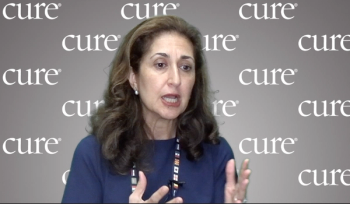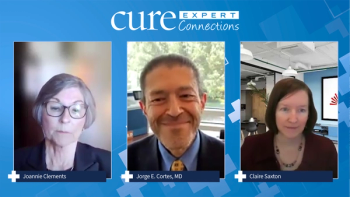
Leukemia Risk Factors
Is there anything that we can do to lessen our child’s risk of developing this terrible disease? Let’s talk today about leukemia risk factors and its effect on kids
Kathryn E. Vinson, MS, CCRC
I don’t know that anyone can say that a certain cancer is their biggest fear, either for themselves or for their children. As a mom, one of the cancers that sticks in the back of my mind most is leukemia. Sadly, we see stories on our social media feeds almost daily of a sweet child battling leukemia. One such child that I have been following, Jacob, lives in the area of Houston that I was raised. As parents – as humans – we want to know what risk factors for leukemia are out there? Is there anything that we can do to lessen our child’s risk of developing this terrible disease? Let’s talk today about leukemia risk factors and not only its effect on kids, but also the adult population.
What is leukemia?
By definition, leukemia is a malignancy in the cells that make our blood, which are located in the bone marrow – that spongy material in the center of our bones. From there, the definition branches based on the type of cell that is affected – either myeloid or lymphoid. Myeloid tissues are most known as the blood forming cells in our bone marrow, while lymphoid tissue in the bone marrow is less organized and is related to the immune system. See the image below for an illustration of how these blood cells are born.
Leukemia risk factors
Sadly, researchers cannot put an exact finger on what causes leukemia, as opposed to other cancers such as mesotheliomas, or my thyroid cancer that was caused by Hashimoto’s thyroiditis; however, they have been able to nail down some strong correlations.
In several of my previous posts I have talked to you about being careful with correlations, as correlation does not mean causation. I want to tell you how one of my psychology professors explained this. She said that it could be said that a certain number of convicted felons consumed pickles in the year prior to committing the felony. Did the pickle make them commit the felony? Of course not. We can see that we must be very cautious when assigning blame via correlation.
With all that said, the risk factors I describe below have been examined by numerous people in the medical and scientific community. Strong evidence plus correlations does give us some good ideas.
Children that have
Lifestyle related risk factors, such as alcohol use, sun exposure, smoking, and obesity have been linked with an increased risk of leukemia in adults; however, these are not seen in children for some fairly obvious reasons.
Environmental factors have been shown to play a role in the development of leukemias as well. Environmental radiation exposure, as well as previous treatment with chemotherapy and radiation for cancer treatment have been shown to increase the risk for leukemia. In the case of AML, the American Cancer Society tells us “long-term exposure to benzene is a risk factor for AML. Benzene is a solvent used in the rubber industry, oil refineries, chemical plants, shoe manufacturing, and gasoline-related industries, and is also found in cigarette smoke, gasoline and motor vehicle exhaust, and some glues, cleaning products, detergents, art supplies, and paints.
There have been many factors that have been postulated to increase the risk for leukemia in children, such as work place exposures of the father, the mother’s age, infections, proximity to nuclear power plants, and many others. It is worth noting that none of these have been substantiated in the medical literature.
Just as with genetic factors, there are some risk factors of leukemia over which we have absolutely no control. For example, AML is more prevalent in men and as we age, although doctors are not sure why this is the case.
As always, much love, abundant blessings, and many prayers to all of the cancer warriors and their families. Additional resources can also be obtained by any of the amazing
Sources:
https://www.cancer.org/cancer/leukemia-in-children/causes-risks-prevention/risk-factors.html



